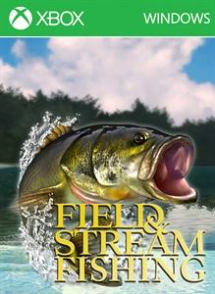If you are interested in learning to fish, it does not need to be a difficult task. Learning as much as possible about rods, reels, tackle and fishing spots are all great things to know. Read the following article and learn how to fish properly.
Being patient is probably one of the best fishing tips to know. Fishing is a hobby requiring both time and dedication – there will likely be times where you will go hours or possibly days without so much as a nibble. Do not let it bother you. Just stay calm and optimistic.
Before you leave to go fishing, always remember to check the weather report to make sure you are going to be safe. Be sure to bring along a radio so you can keep up with the weather reports throughout your fishing trip.
A good tip is to be sure to carry a scale with you on your fishing trips. If you have your scale with you, you can show off the big catch whenever you make it. This is especially important if you throw the fish back in the water after catching them.
If you want to move beyond fishing with worms, try a spinnerbait, a beginner-friendly lure anyone can use. This is even more helpful when fishing in shallow or shady water. Spinner-bait is good for catching both crappie and bass.
On any fishing trip, it is important to bring basic supplies along with you. The exact list of your needs tends to vary, based on where you will be going. The basic essentials usually include items like sunglasses, sunscreen, and hats. If your plans include fishing in remote areas, you should also pack a cell phone, flashlight and maybe even a compass.
Don’t panic if you hook into a monster of a fish. It will probably fight for some time, so do not try to reel it in too soon. You will risk breaking your rod as well as losing the fish. Just set your drag, allowing the fish to tire before you bring it in.
Let your fish go if it turns around before you finish reeling it in. When this happens it means your line is actually too short and can’t really keep up with some reel and pump action. Next time, you’ll wait longer prior to reeling it in.
For those who don’t want to fish for food or sport, catch and release the fish. When you practice catch and release, you simply unhook the fish with care and let it go into the water once more. Releasing the fish back into the wild gives the entire population a chance to grow, which means more chances for you to catch fish in the future.
It is safest to go fishing with a partner, even if it won’t exactly be the solitary, restful day you’d been hoping for. It’s safer; you can better handle accidents or unexpected circumstances if someone else accompanies you on your fishing trip.
Watch out for the teeth in fish, such as walleye and pike. Their teeth are sharp and they will try to bite you. There are two methods for hook removal in these fish. The first method is to wait until the fish dies before removing the hook. If you intend to throw the fish back in, make sure you wear gloves when removing the hook.
There is no one universal bait that will catch any kind of fish any time. To get the greatest results, understand how to correctly use a jig, worm or grub. Jigs will work wonders for you in water that is a little murky, as the motion will attract the fish. The plastic worm, on the other hand, is best deployed in still, clear water where a fisher will not need to use motion to bring it to the fish’s attention.
All kinds of people all over the world enjoy fishing. Fishing provides a great way to enjoy the outdoors, either alone or with family and friends. Understanding the many components to fishing will guide you towards fishing like a professional. Using this great information to start your first fishing adventure today.
